A few weeks ago, I drew a cartoon on the Future of Advertising, imagining increasingly invasive advertising in our homes, thanks to technology and IOT. The cartoon seemed to strike a chord, and even popped up in the Wall Street Journal.
And yet while advertisers are gaining increasingly powerful tools to reach consumers in ways never before possible, consumers are gaining access to increasingly powerful tools to block many of those same ads. Usage of third party ad blockers increased by 30% over last year.
I’m fascinated by this advertising technology arms race. Some have called the explosion in ad-blocking a coming “Admageddon” and others have said that it will finally force essential improvements in advertising. Companies such as Google, Unilever, and the Washington Post have banded together in a Coalition for Better Ads to create the Better Ads Standards.
Google plans to unveil a new version of Chrome in early 2018 with built-in ad blocking, using the Better Ads Standards as a guide. Their approach will be to score websites based on ad creative and design, dinging websites that have ads identified as “annoying.” And Chrome won’t just block those annoying ads. Chrome is expected to block all ads on those sites graded negatively for showing annoying ads.
A few months ago, Google released a preview of sorts — an Ad Experience Report that identified 700 failing sites that warranted corrective action and could be affected by the Chrome ad blocker. These included Forbes, the LA Times, Lifehacker, and the Chicago Sun-Times.
As Digiday recently put it, “Ad blocking has moved from exponential to linear growth: The sky might not be falling, but ignore it at your peril.”
Here are a few related cartoons I’ve drawn over the years:
“8 Types of Annoying Ads” June 2017
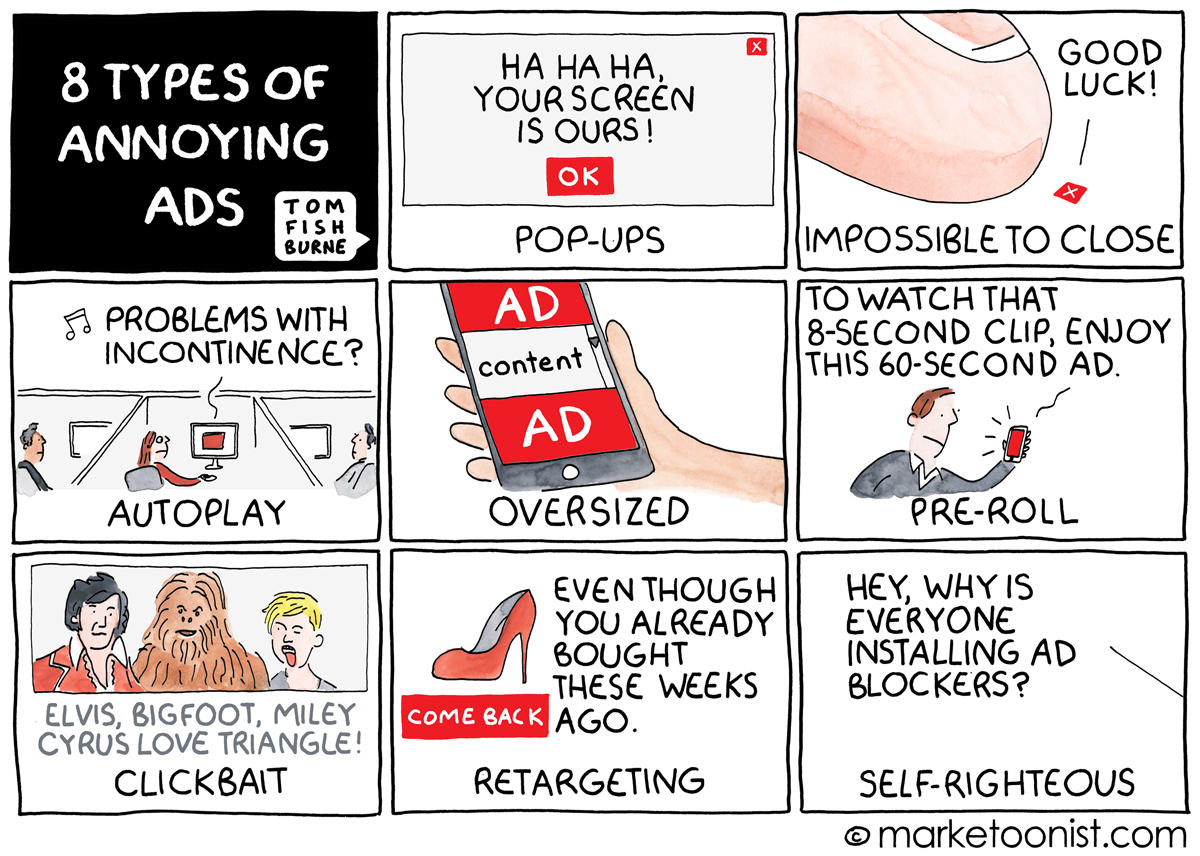
“Digital Advertising” December 2015
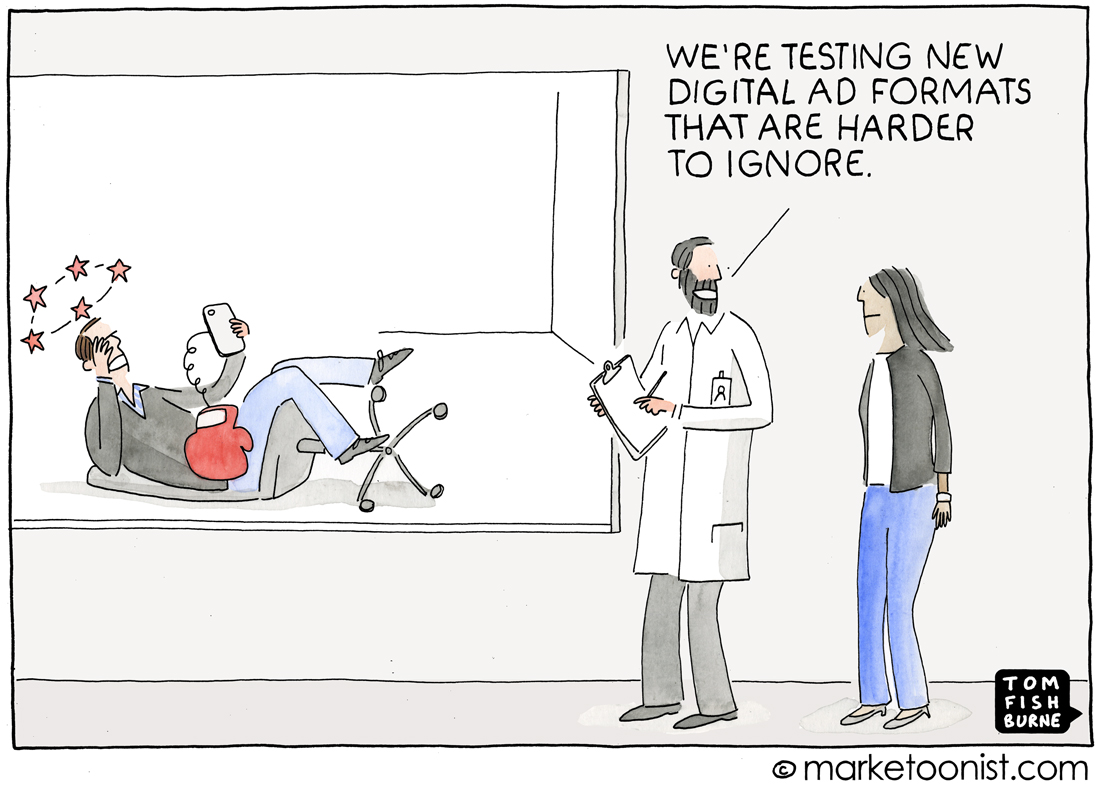
“Banner Ads” November 2015
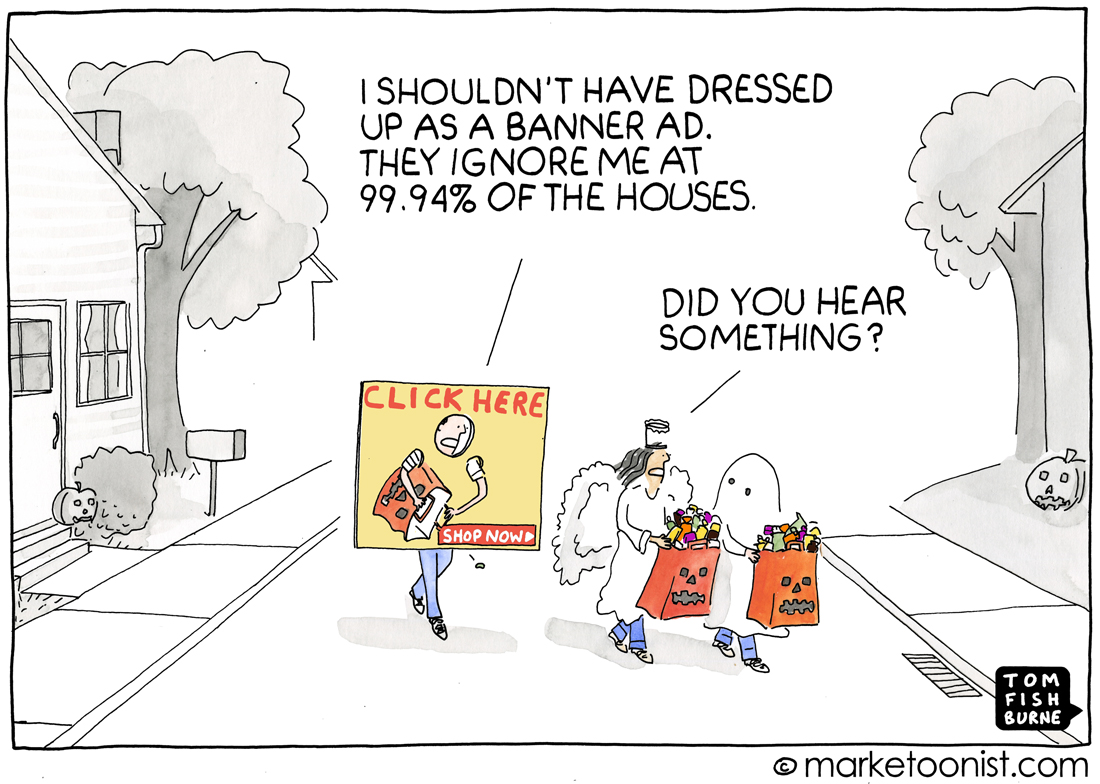
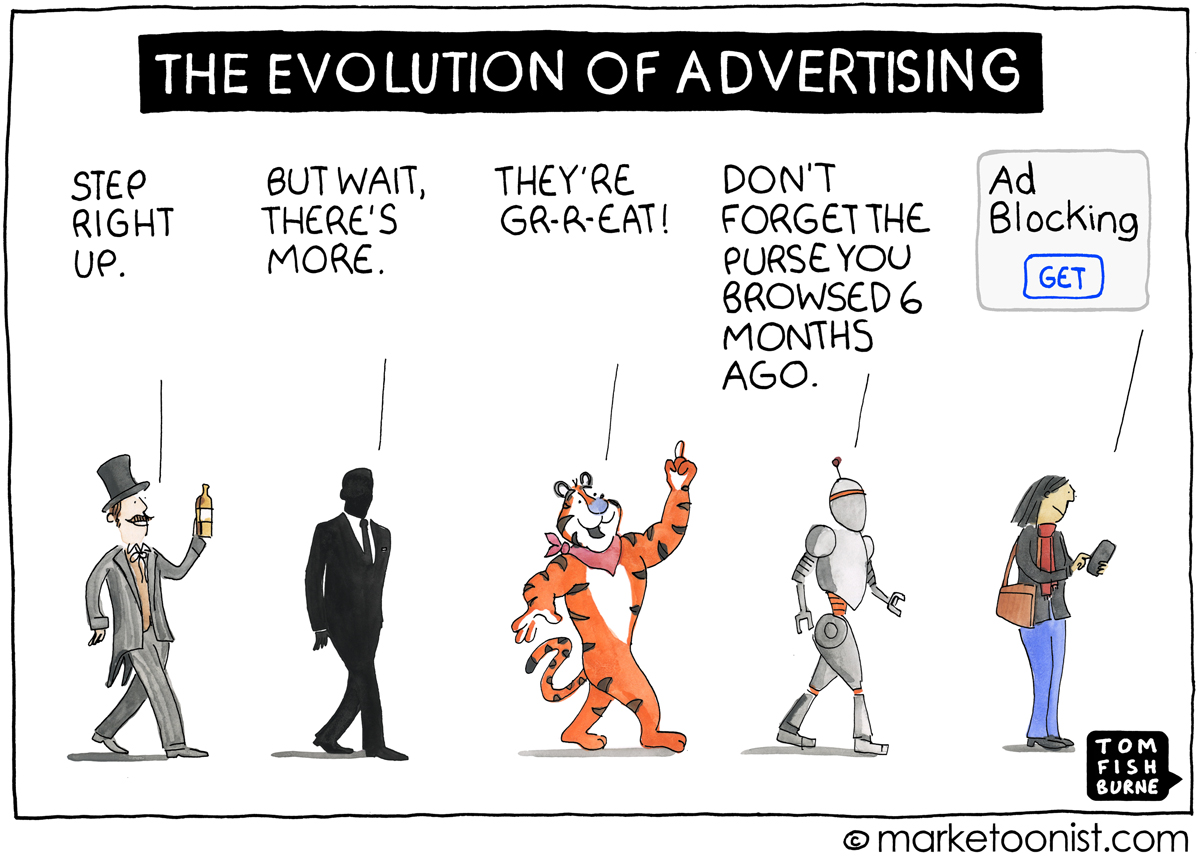
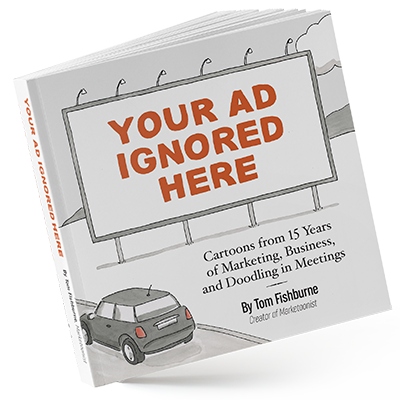
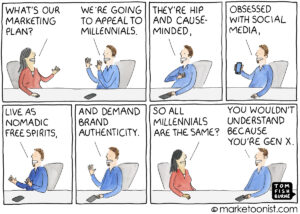
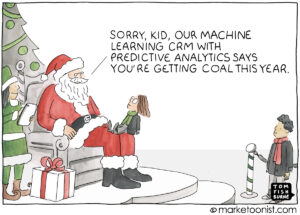
Mansi Shetty says
🙂 Guess that’s why brands are focussing more on storytelling and content which engages them at a much more humane level than just ads. I think consumers need to know you care about them to invest your time in it and that’s not going to happen through ads. You need to prove to them why you want them so bad.
Rick Siderfin says
I wonder if Chrome will also block the paid adverts that appear at the top of Google search results? Hmmm, thought not
Ben says
Those Google search result ads are my most disliked ads and they would have to be the least honest ads on the entire internet. Google has made that little [Ad] logo so small I’ve shown it to people who were genuinely surprised when I point it out.
That and the re-sizing (shrinking) “Skip Ad” button on YouTube ads which has to be clicked in the perfect place at the perfect time to bypass.
The most dishonest advertising comes from Google itself because it rely’s largely on tricking people into clicking them.
I’d prefer Forbes ads any day.